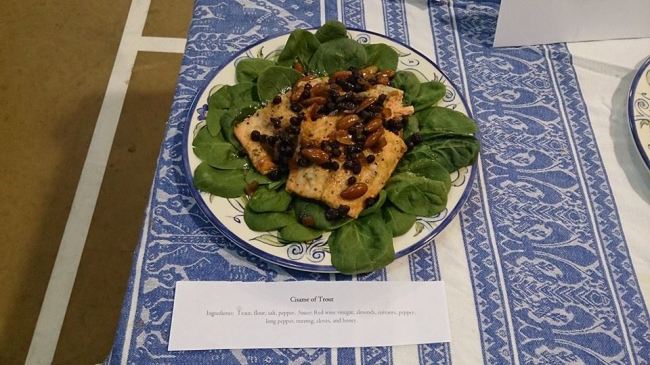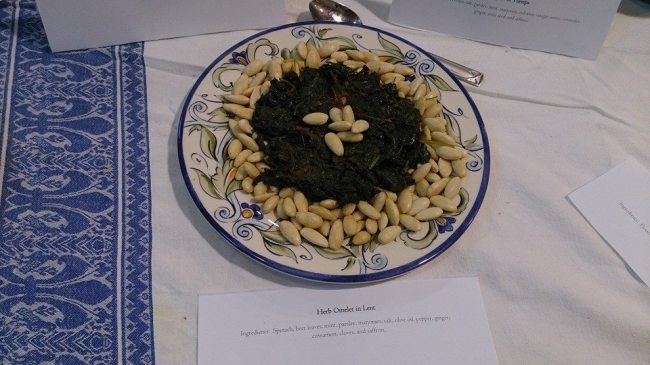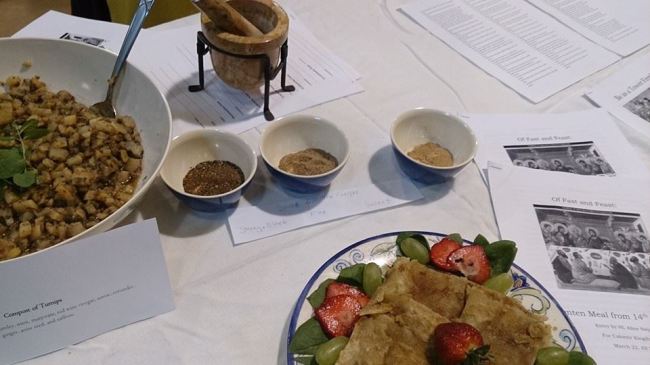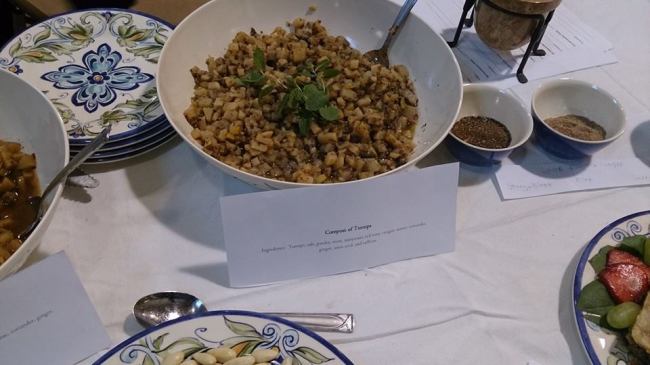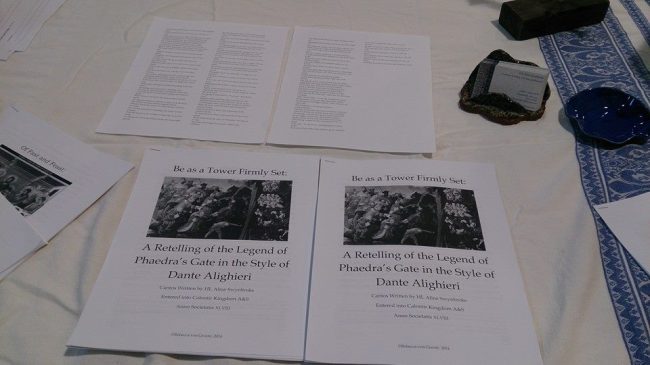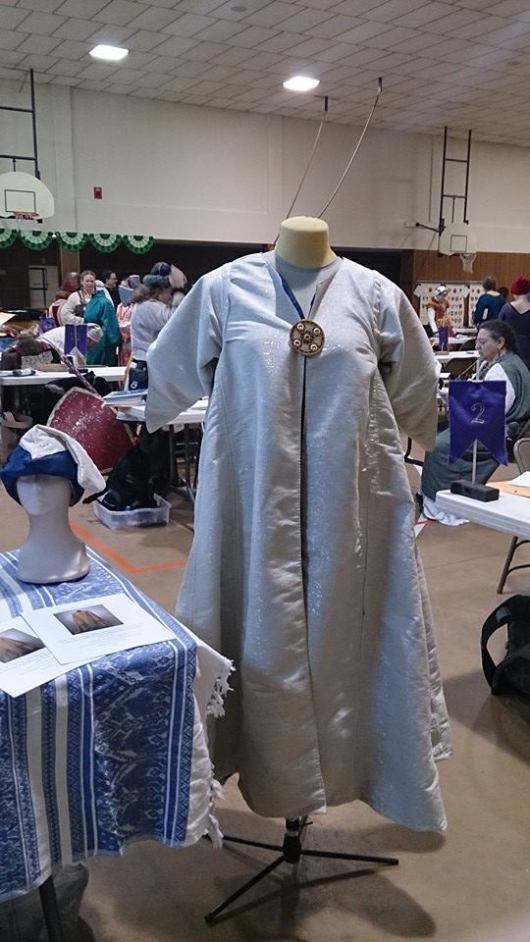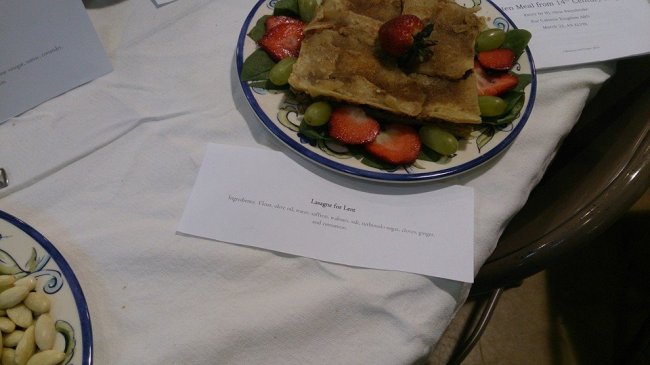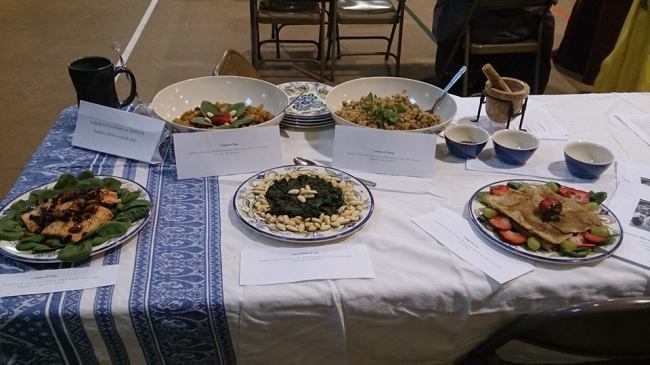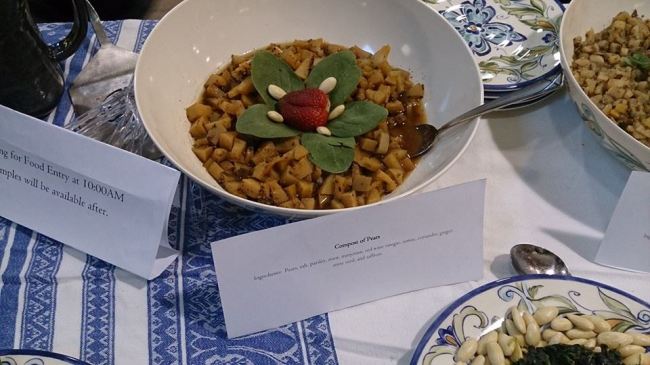Our third day started with another fantastic pastry breakfast, this time raspberry. After quick showers, we dressed and headed out for a day of walking around the neighborhoods bordering the Tibur in central Rome. We caught the bus to the train station at Laurentina, and from there took the line Northwest to Piramide.
The first things one sees exiting the stop are the Piramide itself, and the Museo delle via Ostiense. Piramide The Piramide is actually a real Pyramid, built between 18 and 12 BCE for Gauis Cestius, an important Roman magistrate. Currently, its got a lot of scaffolding up as efforts go on to preserve it.
The Museo is housed in the Porta San Paulo, one of the major gates in the Aurelian era walls of the city, which guarded the road to the Ancient port of Ostia. Museo de Ostiense It wasn’t open when we got there (this becomes an unfortunate theme with Italian fortifications). From there, we walked West toward the Tibur, then followed it’s Eastern bank North into the historic heart of the city. After a few blocks, be came to the bridge that connected to the Isola Tiberina. Occupied since Roman times, the Island features a very small neighborhood, a hotel, and the Basilica di San Bartolomeo all’Isola. San Bartolomeo all’Isola Founded in the 10th century and containing the relics of the Apostle Bartholomew, it was given a new consecration by John Paul II in 2000, recognizing 20th and 21st century Martyrs. It’s interesting, as a non-catholic, to see that the practice of non-corporeal relics is still very common. The various alters featured clothing, shoes, personal bibles, rosaries, and other possessions of the recognized martyrs. The Basilica also has a very lovely, if very baroque, interior. Basillica Interior
From the Island, we crossed the the West bank of the Tibur, and into Trestevere. Just South of Vatican City, Tresteverre features a lot of lovely, and very unchained, Medieval and Renaissance architecture, like this Palazzo. You also see many more private homes with old papal and cardinal heraldry in this sector of the city. When my sister lived in Rome for a semester in college, she lived in this area. We grabbed lunch at a little Bistro a few streets back from the river, and then wandered through the various shops around the area, trying to find a leather shop for my husband to look at wallets (never did find it…maybe next trip). We strolled up past the Palazzo Farnese (sadly, not open that day…a theme for our trip, unfortunately). We did, however, see the local Office of the Communist Party, which was a small culture shock for two people who live in what is essentially, still, a two party system. We also saw the exterior of Santa Maria dell’Orazione e Morte, Saint Mary of the Prayer and Death. This church was built and supported by a confraternity society in Rome who took responsibility for the burial of the abandoned dead, and features a very macabre exterior. Santa Maria dell’Orazione e Morte
Tibur Bridge
Crossing back over to the East Bank, we wandered into the Campo di Fiore (field of flowers), which rose up as a neighborhood in the Middle Ages in a previously agricultural part of the city. The area is known for it’s famous market. It also has lovely architecture and some gorgeous Frescos. From there, we wandered through the city up to the Palazzo de Cancellaria, to check out an exhibition on Leonardo DaVinci’s machines. They had actually taken his sketches and worked up life sized models of his various designs. DaVinci’s flight suit. While many people know DaVinci for either the Mona Lisa or the Vetruvian Man anatomy model, many don’t realize he was also a military engineer, employed by the likes of Cesare Borgia. This is one of his tank designs.
After that, we snagged drinks at Primo (2) a bar my sister was a huge fan of when she lived there (though she drank at their original location). Primo! From there, we headed back down through the Jewish Ghetto, past the theater of Marcellus and the Temple of Vesta. From there, we headed up the Aventine Hill. One of the ancient Hills of Rome, it is now surmounted by the 19th century Monastery of San Anselmo, a Benedictine foundation. Oddly, Anselmo gave me one of the most Medieval Feelings of any of the churches we saw in Rome. This is likely due to it’s simplicity and beautiful mosaic work. Mosaic above the alter of San Anselmo. The Aventine also has a number of public green spaces with gorgeous vista views.
From there, we headed back to catch the subway home, and then joined our hosts, Sonia and Gabri for authentic, Neapolitan style pizza. It was absolutely fantastic. And thinking about it now, I want zucchini flower pizza. Here’s a photo of the four of us at the restaurant.
Stay tuned for Day 4 of Rome, and to check out more photos, visit my Flickr Photo Set Roma.
